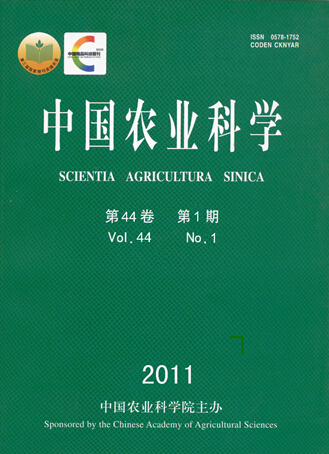【Objective】 In order to provide reference for rational application of fertilizer, decreasing resource waste and increasing economic benefit to paddy soil in the middle of Sichuan hilly regions, gradation index system of soil nutrition and fertilization recommendation index were established. 【Method】 Data analysis were based on the “3414” field experiments of paddy soil in 2006. Taking plentiful-lack of soil nutrition as an index, soil available nitrogen (AN), available phosphorus (AP) and available potassium (AK) were classified by relative yield of 75%, 80%, 85%, 90% and 95%. Fertilizer recommended rates were simulated by the models of three-factor, one-factor, liner and platform for each “3414” field experiment. 【Result】 Nitrogen fertilizer rates (N) are 170-220, 140-170, 110-140, 90-110, and 0-90 kg?hm-2 when soil fertilizer is classified by low, lower, medium, higher and the highest (AN<100, 100-140, 140-180, 180-220 and >220 mg?kg-1 ), respectively, phosphorus fertilizer rates (P2O5) are 100-120, 80-100, 60-80, 40-60, 0-40 kg?hm-2 (AP<5, 5-10, 10-20, 20-30 and >30 mg?kg-1), while potassium fertilizer rates (K2O) are 140-170, 120-140, 100-120, 80-100, 0-80 kg?hm-2 (AK<30, 30-50, 50-70, 70-90 and >90 mg?kg-1). 【Conclusion】Compared with the fertilization recommendation rate calculated by original system, the fertilization recommendation rate of this research suggested that nitrogen fertilizer rates must be decreased, but phosphorus and potassium fertilizer rates must be increased, especially of K2O. It objectively reflected the abundance or deficiency of nutrients and the characteristics of fertilizers input in this study area.









